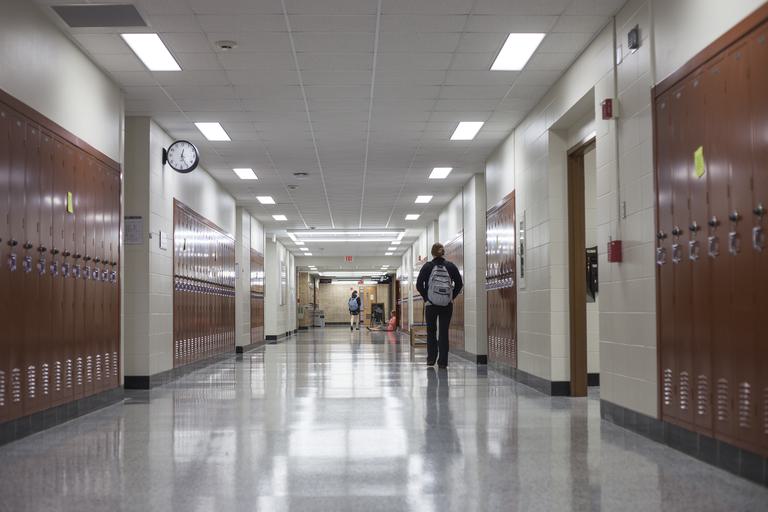
Education
Curtis Shelton | September 20, 2019
Tulsa parents are voting with their feet
Curtis Shelton
Tulsa parents have reason to question recent claims made by Tulsa Public Schools (TPS) officials.
TPS announced it faces a budget shortfall and must cut $20 million. TPS officials cite a lack of state funding as the reason for the shortfall—despite the fact the Legislature has increased education funding by more than $620 million in the last two years, the largest increase to education in state history.
Why is the school facing a shortfall amidst state funding increases? The answer, and the real issue in Tulsa, is that more and more parents are choosing a different option than TPS for their children’s education.
As TPS officials readily admit, the district has seen steadily declining enrollment. In fact, enrollment has fallen in each of the last seven years, declining from 41,224 in 2011 to 37,433 students in 2018, the latest available data. Under the school-funding formula used for state appropriations, as enrollment falls so too does state revenue to a school. The idea is simple: The fewer students a school has, the less money it needs to operate.
TPS, however, claims the opposite. District officials claim that as enrollment has fallen, operating costs have increased. And they say revenues have dropped.
But when you look at the latest data from the Oklahoma State Department of Education for total revenue available, Tulsa’s per-pupil revenue has risen from $14,245 in 2009 to $14,832 in 2018 even after adjusting for inflation. If the claim of reduced funding is valid, the district must have taken quite a hit in the last year.
What of the district’s claims of rising operational costs? Since the costs for recent teacher raises were covered by increased state funding, any discrepancy in revenues would be from additional non-instructional expenses, which are funded primarily through local property taxes, not state appropriations.
The data suggest Tulsa has shifted much of its funding from the classroom to the non-instructional side of the ledger. Since 2008 TPS has decreased its share of instructional spending from 74.2 percent of its total budget to only 65.1 percent in 2018.
More than accounting is at stake here. The impact of Tulsa’s spending decisions on student learning is difficult to determine, but there are some indications. Oklahoma adopted new performance standards in 2017, which makes comparing prior years difficult. However, looking at current performance scores it is hard to argue students are being better served at TPS than in years past. At TPS, 60 percent to 70 percent of students score below proficient (meaning below grade level) in every performance metric according to the Office of Educational Quality and Accountability. These scores are often well below the state average.
Just this week the Tulsa World reported that only half of TPS students felt like they “belonged” last year, and only 57 percent reported feeling safe at school. Meanwhile, only “26.1% of TPS students were proficient in both reading and math last year.”
Is it any wonder Tulsa parents are voting with their feet?
Also, if operational costs are rising at a school with fewer students like Tulsa, then wouldn’t schools with rapid student growth experience some form of the same financial stress? If operational costs surge even with fewer students, then increasing enrollment should really skyrocket operational expenses. Yet there have been no claims of a massive shortage of funds from surrounding school districts where enrollment has been increasing, such as Broken Arrow or Bixby.
The cause of Tulsa’s financial challenges is clear: Parents and students have decided they would be better served elsewhere, and the district is feeling the financial consequences. The district serves the students and parents, not the other way around. If Tulsa officials want to turn the district around, they should stop demanding a taxpayer bailout and instead focus on how to better serve students.

Curtis Shelton
Policy Research Fellow
Curtis Shelton currently serves as a policy research fellow for OCPA with a focus on fiscal policy. Curtis graduated Oklahoma State University in 2016 with a Bachelors of Arts in Finance. Previously, he served as a summer intern at OCPA and spent time as a staff accountant for Sutherland Global Services.